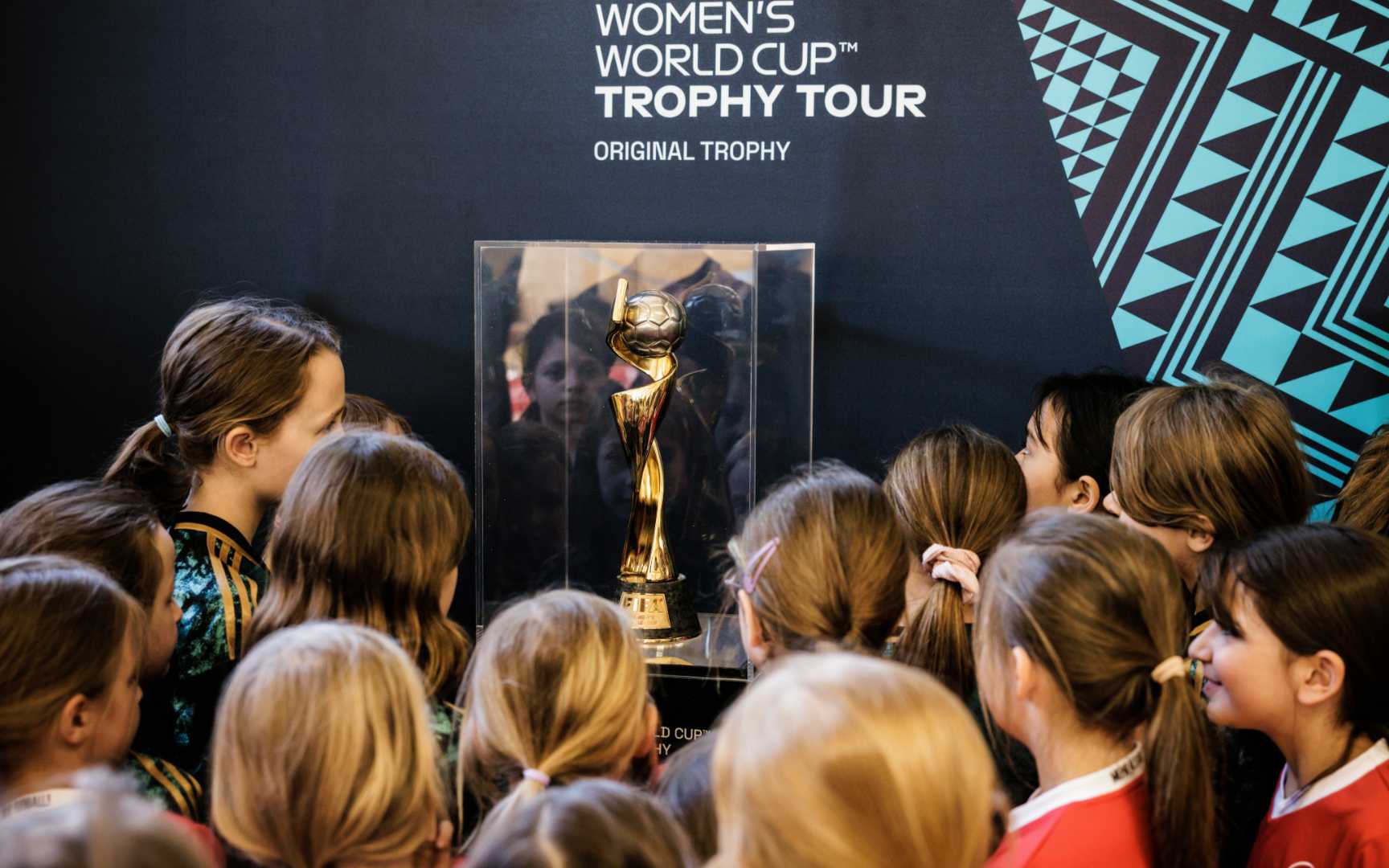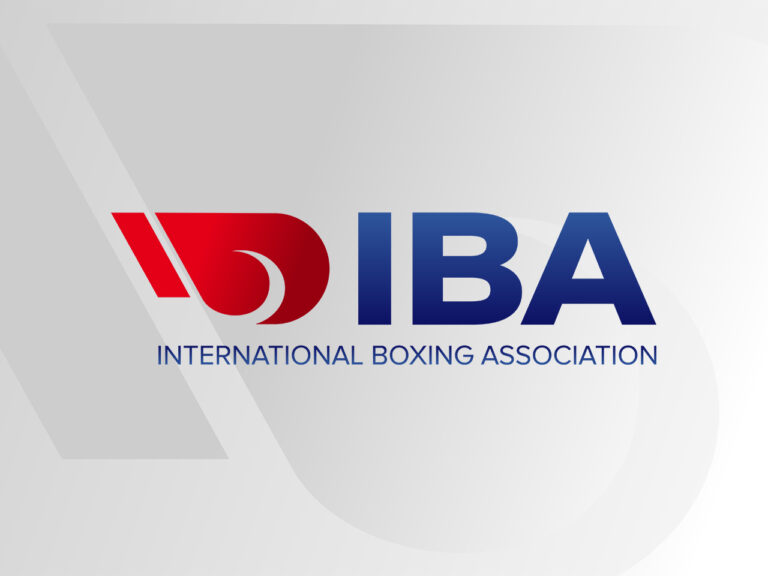PLAYERS AT RISK “During qualification the conditions that the players are exposed to and expected to deliver in are not up to the standards of elite international football, putting both the players and the sport at risk,” The foreword of the report states. “FIFPRO firmly calls on the industry to take a close look at the qualification processes in each of the six confederations. This is so we all can commit to meaningful changes that look at the overall opportunities the FIFA Women’s World Cup can deliver to a greater number of players than those that just appear at the final tournament in July and August this year.”
PAY DISPARITY Out of the players who participated in the survey anonymously, rating their experiences of the qualification process over the past 18 months, only 40 per cent considered themselves as professional athletes, while 35 per cent identified as amateur, 16 per cent semi-professional, and 9 per cent are unsure of their status.
The report claims that 66 per cent of the players had to take unpaid leave or vacation time from another job to participate in international matches and 29 per cent reported that they do not receive any payment from their national team. Those that receive say it is performance-based.
Meanwhile 93 per cent, stated they were not paid enough.
INADEQUATE MEDICAL SERVICES The report also found a lack of medical support for the players., with 54 per cent stating that they were not provided with a pre-tournament medical. Seventy per cent were not provided with a pre-tournament ECG heart check-up, and a majority stated that recovery facilities and gym facilities were below par.
According to 39 per cent of the players, they did not have access to mental health support, 33 per cent said there was insufficient recovery time between games and 32 per cent said pitches and stadiums were not of an elite standard.
The report states: “The majority of players surveyed believe that improvements are needed in almost all components of conditions in their Confederation tournament for both the performance and general wellbeing of players.”
Jonas Baer-Hoffmann, FIFPRO General Secretary, said: “The World Cup is the pinnacle of national team football but the pathways to the tournament define the players’ conditions over a very long period. Therefore, ensuring the best possible conditions here is vital. We are prepared to work with FIFA and confederations to improve conditions for World Cup qualification and address the current inequities and fragmentation.”
QUALIFYING PROCESS To qualify for Australia/New Zealand 2023, only UEFA provided a standalone pathway, while the other five confederations merged the World Cup qualification with their continental championships. According to FIFpro, other confederations need to emulate UEFA in this regard so as to give players more opportunities. The report says the World Cup qualification pathways were “uneven and disparate”, with “multiple inconsistencies in the scheduling, duration, format and conditions between tournaments.”
“FIFPRO is also calling for all confederations to implement, under FIFA’s guidance, a single universal qualifying standard and structure to ensure a fairer and safer route to elite international competitions,” the body said in a press release.
David Aganzo, FIFPRO President, added: “For the FIFA Women’s World Cup to be a truly elite global event, the qualifying must also be of an elite standard. We remain tremendously enthusiastic about the potential of the women’s game, but it is vital to provide players in every part of the world with conditions and opportunities that provide the best platform for them on the world stage, so that they and the game flourish everywhere.”
2023 WOMEN’S WORLD CUP The Women’s World Cup in Australia and New Zealand will run from July 20 to August 20 with 32 teams participating.
In March, FIFA increased the prize money for the tournament – $30 million to $110 million, with the aim of achieving full equality by the 2027 edition. A total package of $150 million would be on offer at this year’s World Cup, and this is a result of a call to action by FIFPRO, which saw over 150 players from 25 national teams send a letter in October 2022 to FIFA President Gianni Infantino demanding improved conditions and prize money.
FIFA has also pledged that every player that takes part in the tournament will earn at least $30,000. Each player on the winning team will earn $270,000.



